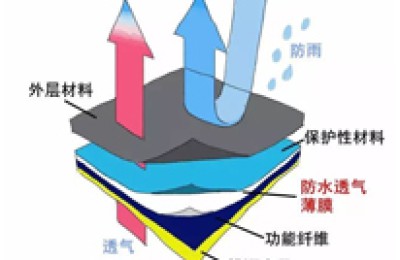You have seen big international brands and “fast fashion” people opening stores one after another, but you have not seen that behind this, the foreign trade pattern of the garment industry has quietly changed. According to statistics from Shanghai Customs, in the first three quarters of this year, the number of stores opened by Shanghai Customs Despite the year-on-year decline in the region’s total import value, the import of clothing and clothing accessories (“clothing”) showed double-digit growth, with a total import of US$2.25 billion, a year-on-year increase of 15.2%. In the past, it has been said that my country is a major textile and clothing manufacturing and exporting country. Nowadays, the more important positioning here is the market. Some sources of goods come from the European base camps of multinational brands, and some come from production bases located in lower-cost areas.
Driven by domestic consumer demand and the rapid expansion of multinational brand stores, clothing imports have grown rapidly this year. Since March this year, the value of clothing imports in the Shanghai Customs District has maintained a year-on-year growth trend for seven consecutive months. Among them, after the value of clothing imports exceeded US$300 million in July and August, the value of clothing imports in September also remained at a high level of nearly US$300 million, reaching US$290 million, a year-on-year increase of 18.8%. In the first three quarters, foreign-invested enterprises imported US$1.6 billion in clothing through the Shanghai Customs area, accounting for 71.2% of the total value of clothing imports in the customs area during the same period, further strengthening their dominant position.
When it comes to the reasons that promote the growth of clothing imports, the first is the strong domestic consumer demand, which has formed a strong attraction for high-end European brand clothing. As the living standards of domestic residents improve, the consumption enthusiasm for high-end brand clothing is increasing rapidly. Affected by the weakness of the European market, major international high-end apparel brands have become more dependent on China’s high-end consumer market and are flocking to it.
At the same time, fast fashion multinational brands have focused on the domestic market, which has also led to an increase in clothing imports. As multinational fast fashion clothing brand stores such as UNIQLO, H&M, and ZARA accelerate their expansion in China, Bangladesh and India have attracted large-scale production orders from these multinational fast fashion brands with their cost advantages, resulting in the continued rapid growth of my country’s clothing imports.
According to industry insiders, rising domestic costs have led to the transfer of some garment processing industries to Southeast Asian countries. Not only are international clothing brand industry chains shifting to Southeast Asia, but domestic textile and garment companies are also building factories in ASEAN. In addition, since the launch of the China-ASEAN Free Trade Area in 2010, China’s trade tariffs on ASEAN have been significantly reduced, which has also highlighted the cost advantage of imported clothing from ASEAN.





